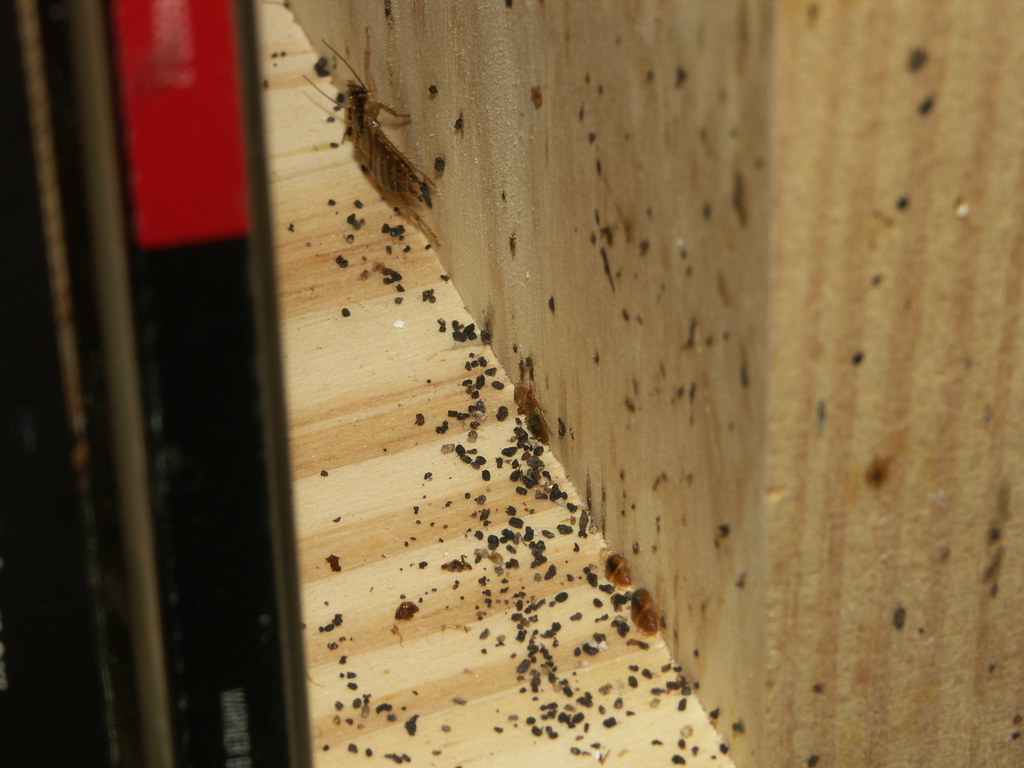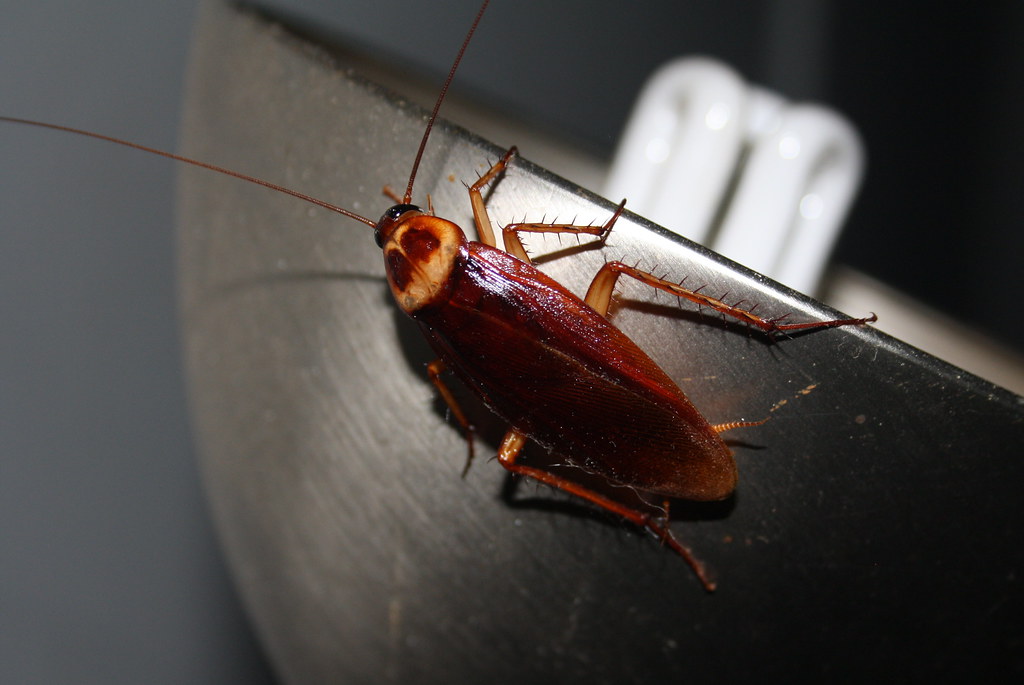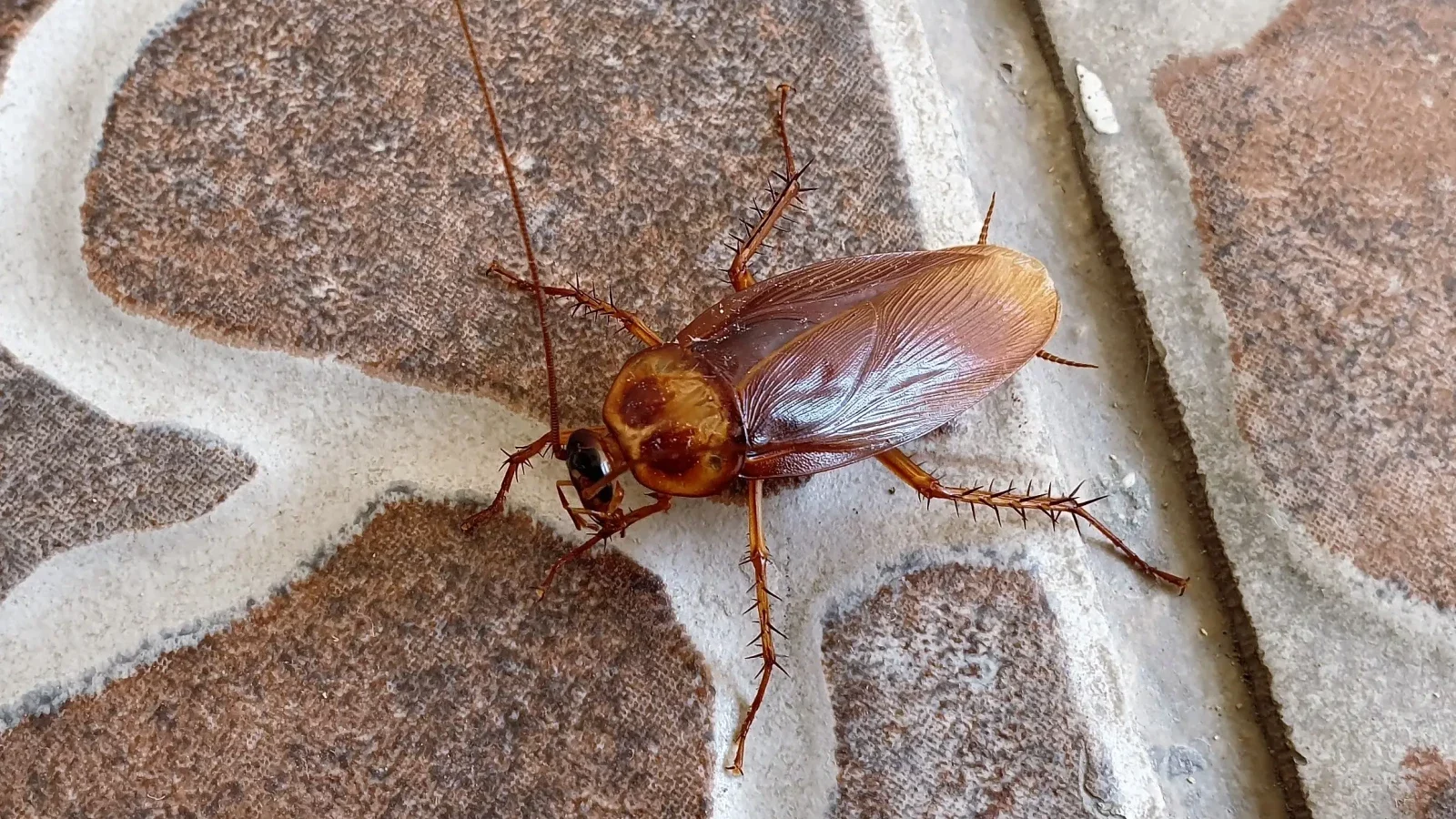Cockroaches are among the most dreaded household pests. They are not only unsightly but can also spread diseases and trigger allergies. Identifying a cockroach infestation early can prevent more significant issues down the line. 

 Use Cockroach Baits and TrapsCockroach baits and traps are among the most effective ways to eliminate cockroaches. These products are designed to attract cockroaches with poisoned bait that they carry back to their nests. Over time, the poison spreads throughout the colony, killing a significant portion of the population.Place these traps in areas where cockroaches are most active, such as under sinks, behind kitchen appliances, and in bathroom corners. Be patient, as baits and traps work overtime to reduce the infestation.Apply InsecticidesFor a more immediate effect, consider using insecticides that are specifically formulated to kill cockroaches on contact. These sprays can be applied directly to visible cockroaches or in areas where they tend to hide, such as under appliances or in cracks and crevices.However, insecticides should be used carefully, especially if there are children or pets in the home. Always follow the product’s safety instructions to ensure proper usage.
Use Cockroach Baits and TrapsCockroach baits and traps are among the most effective ways to eliminate cockroaches. These products are designed to attract cockroaches with poisoned bait that they carry back to their nests. Over time, the poison spreads throughout the colony, killing a significant portion of the population.Place these traps in areas where cockroaches are most active, such as under sinks, behind kitchen appliances, and in bathroom corners. Be patient, as baits and traps work overtime to reduce the infestation.Apply InsecticidesFor a more immediate effect, consider using insecticides that are specifically formulated to kill cockroaches on contact. These sprays can be applied directly to visible cockroaches or in areas where they tend to hide, such as under appliances or in cracks and crevices.However, insecticides should be used carefully, especially if there are children or pets in the home. Always follow the product’s safety instructions to ensure proper usage.
Key Takeaways
-
Signs of Infestation: Cockroach droppings, egg casings, and unpleasant odours are early signs of infestation.
-
Cleaning and Decluttering: Regular cleaning and decluttering help reduce cockroach attraction to food and shelter.
-
Sealing Cracks: Fixing cracks and gaps in your home can prevent cockroaches from entering.
-
Elimination Methods: Cockroach baits, traps, and insecticides effectively eliminate infestations over time.
-
Professional Pest Control: Professional pest control is essential for severe or recurring cockroach problems.

Signs of a Cockroach Infestation
Recognizing the signs of a cockroach infestation is crucial for taking swift action. Here are the most common indicators:1. Cockroach DroppingsCockroaches leave behind droppings that resemble small black or dark brown specks. Depending on the size of the cockroach, these droppings can be as tiny as coffee grounds or as large as pellets. They are often found in areas where cockroaches hide, such as kitchen cupboards, under appliances, or in bathroom corners. Spotting these droppings is a clear sign of a cockroach pest infestation.2. Egg Casings (Ootheca)Cockroaches reproduce rapidly, and they leave behind egg cases called oothecae. These egg casings are usually brown or reddish and can hold up to 50 eggs. You may find them in dark, hidden areas like cracks, under furniture, or behind kitchen appliances. If you come across these casings, it’s a warning that cockroaches are breeding in your home.3. Unpleasant OdorA strong, musty odour is another sign of a cockroach infestation. Cockroaches release a specific pheromone that produces this odour, which becomes more noticeable as the infestation grows. If you notice a lingering unpleasant smell in your kitchen, bathroom, or pantry, it could be a sign of an infestation.4. Shed SkinCockroaches moult several times throughout their life cycle, leaving behind shed skins. These skins are usually found in areas where cockroaches are active. If you find small, translucent skins around your home, it’s a strong indication that cockroaches are living and growing nearby.5. Live or Dead CockroachesPerhaps the most obvious sign of a cockroach pest infestation is spotting live or dead cockroaches. While cockroaches are nocturnal and typically hide during the day, you may still encounter them scurrying across floors or walls at night. Dead cockroaches, often found in corners or under furniture, also signal a problem.6. Smear MarksIn areas where cockroaches are active, you may find smear marks, especially if they have access to water. These marks appear as irregular streaks or smudges along walls, floors, and other surfaces where cockroaches frequently crawl.
Steps to Take After Detecting an Infestation
Once you’ve confirmed a cockroach infestation, taking immediate action is crucial. Cockroaches reproduce at an alarming rate, and what starts as a minor problem can quickly turn into a major issue. Here’s how you can effectively get rid of cockroaches and prevent future infestations.Clean and DeclutterThe first and most important step in managing a cockroach infestation is maintaining a clean environment. Cockroaches are drawn to food, moisture, and clutter, so eliminating these factors can help reduce their presence. Start by wiping down all surfaces regularly to remove food crumbs and spills. It’s essential to store food in airtight containers and avoid leaving dirty dishes in the sink overnight.Keeping your home decluttered also minimizes potential hiding spots for cockroaches. Reducing clutter, especially in kitchens, bathrooms, and storage areas, will make your home less appealing to these pests.Seal Entry PointsCockroaches often find their way into homes through small cracks, gaps, and openings in walls, floors, and doors. Conduct a thorough inspection of your home, paying close attention to any potential entry points. Seal gaps around windows and doors, fill cracks in walls and floors, and close spaces around utility pipes.By closing off these access points, you can significantly reduce the chances of more cockroaches entering your home, effectively limiting the infestation’s spread. Use Cockroach Baits and TrapsCockroach baits and traps are among the most effective ways to eliminate cockroaches. These products are designed to attract cockroaches with poisoned bait that they carry back to their nests. Over time, the poison spreads throughout the colony, killing a significant portion of the population.Place these traps in areas where cockroaches are most active, such as under sinks, behind kitchen appliances, and in bathroom corners. Be patient, as baits and traps work overtime to reduce the infestation.Apply InsecticidesFor a more immediate effect, consider using insecticides that are specifically formulated to kill cockroaches on contact. These sprays can be applied directly to visible cockroaches or in areas where they tend to hide, such as under appliances or in cracks and crevices.However, insecticides should be used carefully, especially if there are children or pets in the home. Always follow the product’s safety instructions to ensure proper usage.
Use Cockroach Baits and TrapsCockroach baits and traps are among the most effective ways to eliminate cockroaches. These products are designed to attract cockroaches with poisoned bait that they carry back to their nests. Over time, the poison spreads throughout the colony, killing a significant portion of the population.Place these traps in areas where cockroaches are most active, such as under sinks, behind kitchen appliances, and in bathroom corners. Be patient, as baits and traps work overtime to reduce the infestation.Apply InsecticidesFor a more immediate effect, consider using insecticides that are specifically formulated to kill cockroaches on contact. These sprays can be applied directly to visible cockroaches or in areas where they tend to hide, such as under appliances or in cracks and crevices.However, insecticides should be used carefully, especially if there are children or pets in the home. Always follow the product’s safety instructions to ensure proper usage.




